Smithsonian Scholars Pick Their Favorite Books of 2022
This wide-ranging list offers context for our rapidly changing world
:focal(800x602:801x603)/https://tf-cmsv2-smithsonianmag-media.s3.amazonaws.com/filer_public/b7/bd/b7bdaee0-a3ef-4368-9d4f-f6fc81fe13e0/curatorspicks-booklist-v3.jpg)
Books are a wellspring, and once again Smithsonian curators, historians, directors and other staffers have looked to 2022 titles for both scholarship and solace. From rich biographies and memoirs to a bold study of the origins of empire and systemic racism; from a fiction taking place at the world’s end to a heartfelt book of poetry; and from a defense of the venture capitalist to a rationale for protecting urban wildlife, this year’s list of curatorial picks represents the sometimes quixotic range of interests, research and educational pursuits that take place behind the scenes at the Smithsonian.
It was a year marked by visitors’ return to museums—cautiously at first, then buoyantly—after the monthslong museum closures during the Covid-19 pandemic. As the summer arrived, the Folklife Festival came out of a multiyear hiatus with music and dance, followed by an array of demonstrations of cultural expressions like art, craft and cooking on Washington, D.C.’s National Mall over the Fourth of July.
Crowds arrived in droves to see shows like the “Futures” exhibition, staged like a 19th-century pavilion-style world’s fair but exploring the innovations and big ideas that might conquer some of the planet’s most vexing problems. Meanwhile, in the vast heavens overhead, Smithsonian astrophysicists working with other top-notch scientists captured the first image of the black hole located at the center of the Milky Way galaxy.
Other museums delved into the intricacies of art in all its prolific machinations. At the Hirshhorn, thousands stood in line for the chance to briefly be alone inside two of artist Yayoi Kusama’s mirrored infinity rooms. The National Museum of Asian Art, which celebrates its centennial in the coming year, contemplated works from ancient Egypt to China in a study of how falconry has long fascinated humans and offered tranquility to visitors enjoying works of art to reflect on the philosophy of Zen.
Tlingit glass artist Preston Singletary, Nigerian photographer Iké Udé and Yanktonai Dakota artist Oscar Howe were all subjects of major exhibitions. And the National Air and Space Museum reopened its doors to share part of its galleries as it continues with its massive renovation.
Behind all this is the work of hundreds of Smithsonian Institution professionals. And with this year’s invitation from Smithsonian magazine to share their favorite books, these persevering individuals, in their choice of memoirs, novels, essay collections and historical analysis, offer a must-read compilation that together defines our times and empowers our lives.
Winslow Homer: American Passage by William R. Cross
Recommended by Stephanie Stebich, director, Smithsonian American Art Museum and Renwick Gallery
William R. Cross offers a comprehensive look at one of the most American of artists. Through Winslow Homer’s letters and travels as well as prints and paintings, Cross traces the influences and impact of this preeminent 19th-century artist who helped define our understanding of the Civil War and depicted the forces of the sea in memorable ways.
Winslow Homer: American Passage
The definitive life of the painter who forged American identity visually, in art and illustration, with an impact comparable to that of Walt Whitman and Mark Twain in poetry and prose―yet whose own story has remained largely untold.
Dare Disturb the Universe: A Memoir of Venture Capital by Charles W. Newhall III
Recommended by Arthur Daemmrich, director, Lemelson Center for the Study of Invention and Innovation
Written by a third-generation venture capitalist, Dare Disturb the Universe could have been a dull recitation of business deals and trite advice to be innovative. Instead, Charles W. Newhall III reveals the background stories and very human decisions that are behind venture capital, and thus behind the creation of risk-based industries in recent decades. Along the way, we learn the complex biographical story of one of the nation’s premier builders of new ventures. Newhall is a rare major supporter of the Mid-Atlantic region as an innovation center, a Vietnam War veteran and as honest a narrator as you will ever encounter.
Dare Disturb The Universe: A Memoir of Venture Capital
This book tells stories of the good, the bad, and the ugly of creating companies, and explains how the venture capital industry created 80 percent of the American economy.
I Was Better Last Night: A Memoir by Harvey Fierstein
Recommended by Ryan Lintelman, curator of American entertainment, National Museum of American History
Harvey Fierstein: If the name doesn’t ring a bell, you’d immediately recognize his voice. In memorable performances from Torch Song Trilogy and Hairspray to Mrs. Doubtfire and Independence Day, his deep, gravelly Brooklyn accent is unmistakable, but in this fascinating memoir, Fierstein reveals much more about his life as one of the most important writers and performers of his generation. The audacity and drive that made Fierstein a star in experimental theater and the author of groundbreaking works of LGBTQ+ representation are balanced by frank discussions of his struggles with addiction, heartbreak and survival through the AIDS crisis.
I Was Better Last Night: A Memoir
A poignant and hilarious memoir from the cultural icon, gay rights activist, and four-time Tony Award–winning actor and playwright, revealing never-before-told stories of his personal struggles and conflict, of sex and romance, and of his fabled career
Black Orpheus: Jacob Lawrence and the Mbari Club edited by Kimberli Gant and Ndubuisi Ezeluomba
Recommended by Karen Milbourne, curator, National Museum of African Art
Black Orpheus is an extraordinary book—the first that I know that centers African modernism as a source of global influence and impact. It’s a fantastic study of renowned American artist Jacob Lawrence’s Nigeria series, looking at these visually rich works in relation to the Mbari Club of artists in Nigeria and their powerful legacy.
Black Orpheus: Jacob Lawrence and the Mbari Club
The first book to feature Jacob Lawrence’s Nigeria series, this richly illustrated volume also highlights Africa’s place as a global center of modernist art and culture.
Cloud Cuckoo Land by Anthony Doerr
Recommended by Alexandra Lord, curator of medicine and science, National Museum of American History
Good fiction can raise questions about the past in a way that historians can only envy. As a medical historian who studies infectious diseases and pandemics, I have always been drawn to the question of not just how we respond to the end of the world but even how we know when the end of the world is occurring. Doerr’s characters from the past, present and future struggle with what seems to them to be the end of the world. They are all saved by their interactions with the story hidden in an ancient manuscript. As we in the division of medicine and science at the National Museum of American History think about collecting and documenting around the Covid-19 pandemic and climate change, Cloud Cuckoo Land made me reassess both how we make sense of the changing world around us, how we prioritize specific stories and how we focus in on what really makes us human.
Cloud Cuckoo Land: A Novel
Among the most celebrated and beloved novels of recent times, Cloud Cuckoo Land is a triumph of imagination and compassion, a soaring story about children on the cusp of adulthood in worlds in peril, who find resilience, hope, and a book.
Racial Innocence: Unmasking Latino Anti-Black Bias and the Struggle for Equality by Tanya Katerí Hernández
Recommended by Ariana Curtis, curator of Latinx studies, National Museum of African American History and Culture
Afro-Latina lawyer and scholar Tanya Katerí Hernández debunks the myth of Latino linked fate, a supposed collective identity and connectedness among Latinos. From the individual to the structural, she meticulously unmasks conscious anti-Black bias among Latinos in Latin America and the United States. Hernández details how this bias obstructs pursuits of happiness, representation, mobility, equality and justice. Latinx/o/a is not a race. Latinos can be racist. This is a revelatory book for those surprised by Latino leaders of white supremacist groups, racist comments from Latino Los Angeles City Council members or the colorism of In the Heights. It is painful vindication for Black Latinos and African Americans who, like me, experience Latino racism in their personal and professional lives.
Racial Innocence: Unmasking Latino Anti-Black Bias and the Struggle for Equality
The first comprehensive book about anti-Black bias in the Latino community that unpacks the misconception that Latinos are “exempt” from racism due to their ethnicity and multicultural background
The Accidental Ecosystem: People and Wildlife in American Cities by Peter S. Alagona
Recommended by Jeffrey Stine, curator of medicine and science, National Museum of American History
Roughly 83 percent of the U.S. population now resides in urban areas, places that represent some of the planet’s most artificial ecosystems. Paradoxically, the number of wild animals living in cities and suburbs has increased sharply since around 1970, while wildlife populations elsewhere have steadily declined. In a lively and wide-ranging exploration of this phenomenon, Peter Alagona explains why municipalities should adopt more humane and sustainable approaches to interspecies coexistence and why the accidental explosion of urban wildlife constitutes “one of the greatest ecological success stories since the dawn of conservation.”
The Accidental Ecosystem: People and Wildlife in American Cities
With wildlife thriving in cities, we have the opportunity to create vibrant urban ecosystems that serve both people and animals.
The Third Reconstruction by Peniel Joseph
Recommended by Alexandra Piper, program producer, National Museum of American History
Not only did the murder of George Floyd in 2020 spark protests and a national racial reckoning, but the gross injustice also ignited interest in the historical events leading up to that moment. Renowned historian Peniel Joseph captures those threads by beautifully contextualizing and exploring the 21st-century struggles for racial justice through the historical lens of America’s First and Second Reconstructions. By weaving his personal experience with searing history, Joseph demonstrates how Black history helps us to chart our path forward, if only we collectively acknowledge and sit with it first.
The Third Reconstruction: America's Struggle for Racial Justice in the Twenty-First Century
One of our preeminent historians of race and democracy argues that the period since 2008 has marked nothing less than America’s Third Reconstruction.
Culture Work: Folklore for the Public Good edited by Tim Frandy and B. Marcus Cederstrom
Recommended by James Deutsch, curator of folklife and popular culture, Smithsonian Center for Folklife and Cultural Heritage
We at the Folklife Center like to think that our work is very much for the public good, which this highly relevant collection of essays defines as what happens when we “change lives, draw people together, help people cope with trauma or just create a little bit of good in this world.” The 34 contributions by a diverse group of administrators, archivists, curators, ethnomusicologists, folklorists, historians and librarians provide both practical and theoretical steps for achieving those goals at this increasingly urgent time.
Culture Work: Folklore for the Public Good
How do culture workers construct public arts and culture projects that are effective and transformative? How do we create public humanities projects of the community, for the community, and with the community?
Abolition Geography by Ruth Wilson Gilmore
Recommended by Orlando R. Serrano Jr., manager of youth and teacher programs, National Museum of American History
Ruth Wilson Gilmore, a human geographer by trade, is the director of the Center for Place, Culture and Politics at the CUNY Graduate Center as well as a professor of earth and environmental sciences. It is rare that I participate in a meeting and not cite Ruthie, the name she asks her students to use. She often describes human geography as a field of study concerned not with where Nebraska is, but why Nebraska is—what are the historical, material, physical, social, political and cultural factors that make a place. Gilmore is most known for her analyses of the U.S. prison-industrial complex. Much of her work included in Abolition Geography is the result of her deep theorization of how the prison-industrial complex was made and is constantly reproduced. It is important to hold dear the fact that any place that is made can be unmade. As Gilmore always reminds us, theory is a guide for action. This volume is a call to get on with the practice of getting free together.
Abolition Geography: Essays Towards Liberation
The first collection of writings from one of the foremost contemporary critical thinkers on racism, geography and incarceration
Saving Yellowstone: Exploration and Preservation in Reconstruction America by Megan Kate Nelson
Recommended by Elisabeth Kilday, visitor services manager, National Portrait Gallery and Smithsonian American Art Museum
They say don’t judge a book by its cover, but it was the familiar landscape of The Grand Canyon of the Yellowstone by Thomas Moran that caused me to pick up Megan Kate Nelson’s book. On these pages unfolds an epic story of the creation of Yellowstone National Park. The book traces the complex narrative of three men: Smithsonian geologist-explorer Ferdinand Vandeveer Hayden, who led a team of scientists on a 1871 survey of the Yellowstone Basin; financier Jay Cooke, who worked to secure funding for the Northern Pacific Railroad that he hoped would bring tourists to Yellowstone; and Lakota leader Sitting Bull, who asserted his people’s claim to the land, all against the backdrop of Reconstruction. Now, when I look at the Smithsonian American Art Museum’s Moran paintings of Yellowstone, I’m still struck by the natural wonder of the place, but am also aware of how the creation of the park changed the people who were already there.
Saving Yellowstone: Exploration and Preservation in Reconstruction America
Each year nearly four million people visit Yellowstone National Park—one of the most popular of all national parks—but few know the fascinating and complex historical context in which it was established.
Menace to Empire: Anticolonial Solidarities and the Trans-Pacific Origins of the U.S. Security State by Moon-Ho Jung
Recommended by Theo Gonzalves, curator of Asian Pacific American history, National Museum of American History
I can’t get enough of historian Moon-Ho Jung’s Menace to Empire, which helps us understand the decades between the U.S. war against the Philippines and World War II. Jung reminds us that Asians were marked as national security threats to the United States and that American empire is “rooted in white supremacy.” Jung understands that learning about empire involves more than reading about oppressive actions and policies. He invites readers to find examples where people from different backgrounds, interests and worldviews came together to actively oppose empire.
Menace to Empire: Anticolonial Solidarities and the Transpacific Origins of the U.S. Security State
This history reveals how radical threats to the United States empire became seditious threats to national security and exposes the antiradical and colonial origins of anti-Asian racism.
Rise: A Pop History of Asian America from the Nineties to Now edited by Jeff Yang, Phil Yu and Philip Wang
Recommended by Sojin Kim, curator, Smithsonian Center for Folklife and Cultural Heritage
This compendium, an exuberant pandemic product created from the restlessness, ruptures and, yes, the racial reckoning that stirred up life in 2020, is a collaboration guided by three Asian American culture mavens, who invited more than 80 academics, artists, activists and others to contribute essays, data roundups, annotated playlists and personal reflections, as well as illustrations. It is equal parts reference book (What’s the name of the Laotian neighborhood in San Diego? Who are the actors who have played Asian bad guys on film?) and fun page-by-page chronological read. Anchored by reference to three events with profound impacts on Asian Americans—the 1992 L.A. uprising, 9/11 and the Covid-19 pandemic—this hip and insightful book is one that I have given to both professional colleagues and my teenage nephew.
Rise: A Pop History of Asian America from the Nineties to Now
Rise is a love letter to and for Asian Americans—a vivid scrapbook of voices, emotions, and memories from an era in which our culture was forged and transformed, and a way to preserve both the headlines and the intimate conversations that have shaped our community into who we are today.
Your Emergency Contact Has Experienced an Emergency by Chen Chen
Recommended by Mary Savig, curator of craft, Smithsonian American Art Museum and Renwick Gallery
This book of poems reminded me that poetry is also a craft. Word by word, and line by line, Chen Chen shows how poetry is made. Each poem brims with the intimate presence of the poet. Touching on a wide range of subjects, Chen shares his impressions and imaginings as a queer Asian American in this contemporary moment. The poems navigate the violence of racism, xenophobia and homophobia; linger in the fraught emotions of relationships; and release tension with playful pop culture references. I admire Chen’s skillful way with words and how they simultaneously provoke strong feelings and provide good company.
Your Emergency Contact Has Experienced an Emergency
In his highly anticipated second collection, Chen Chen continues his investigation of family, both blood and chosen, examining what one inherits and what one invents, as a queer Asian American living through an era of Trump, mass shootings, and the COVID-19 pandemic.
A Note to our Readers
Smithsonian magazine participates in affiliate link advertising programs. If you purchase an item through these links, we receive a commission.
/https://tf-cmsv2-smithsonianmag-media.s3.amazonaws.com/accounts/headshot/Beth_Head_Shot_High_Res-14-v2.png)
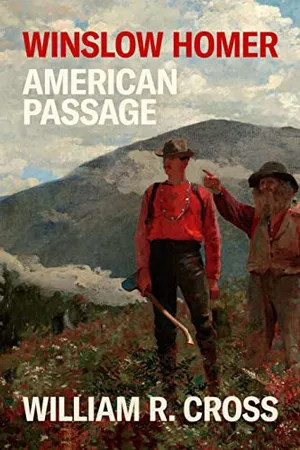
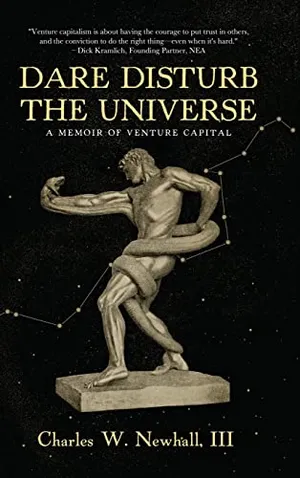
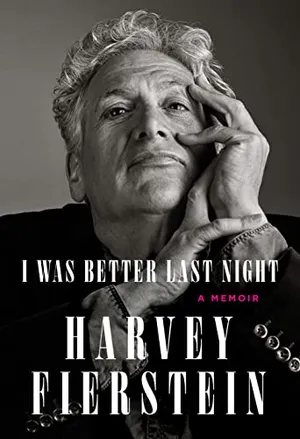
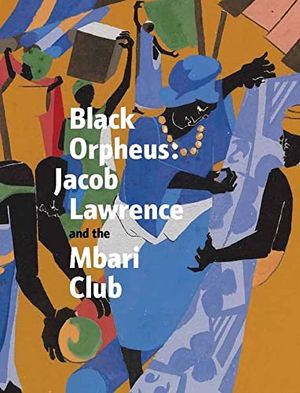
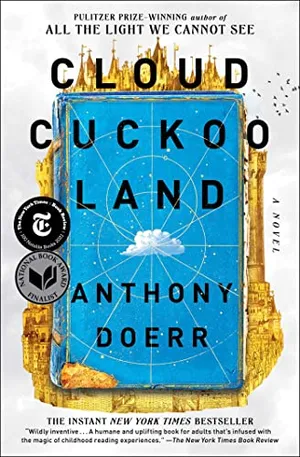
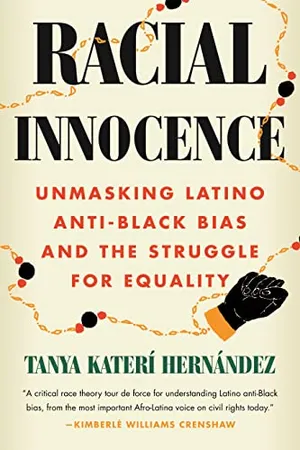
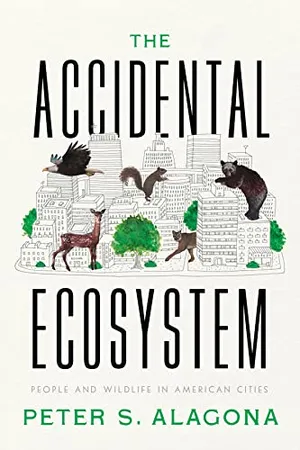
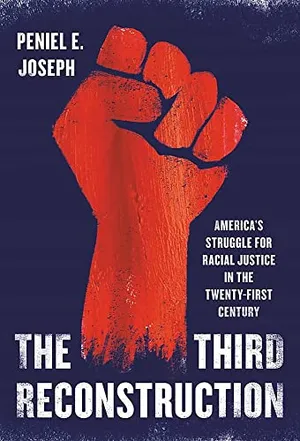
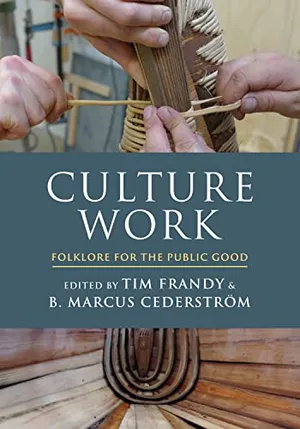
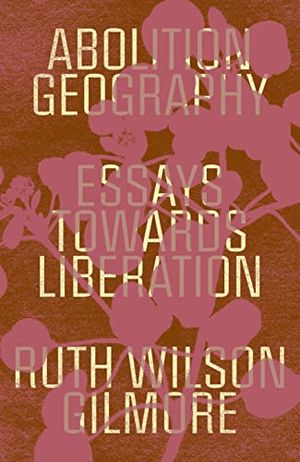
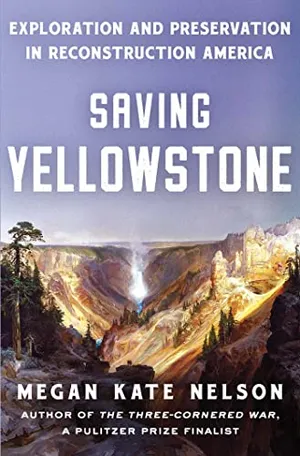
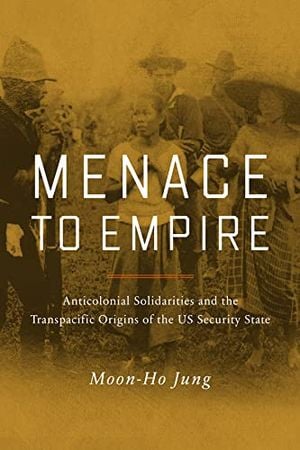
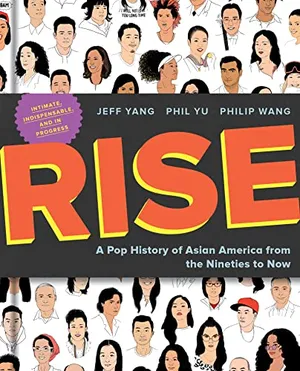
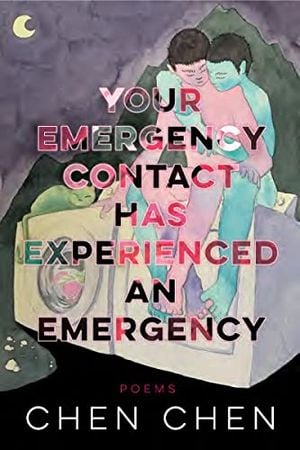
/https://tf-cmsv2-smithsonianmag-media.s3.amazonaws.com/accounts/headshot/Beth_Head_Shot_High_Res-14-v2.png)